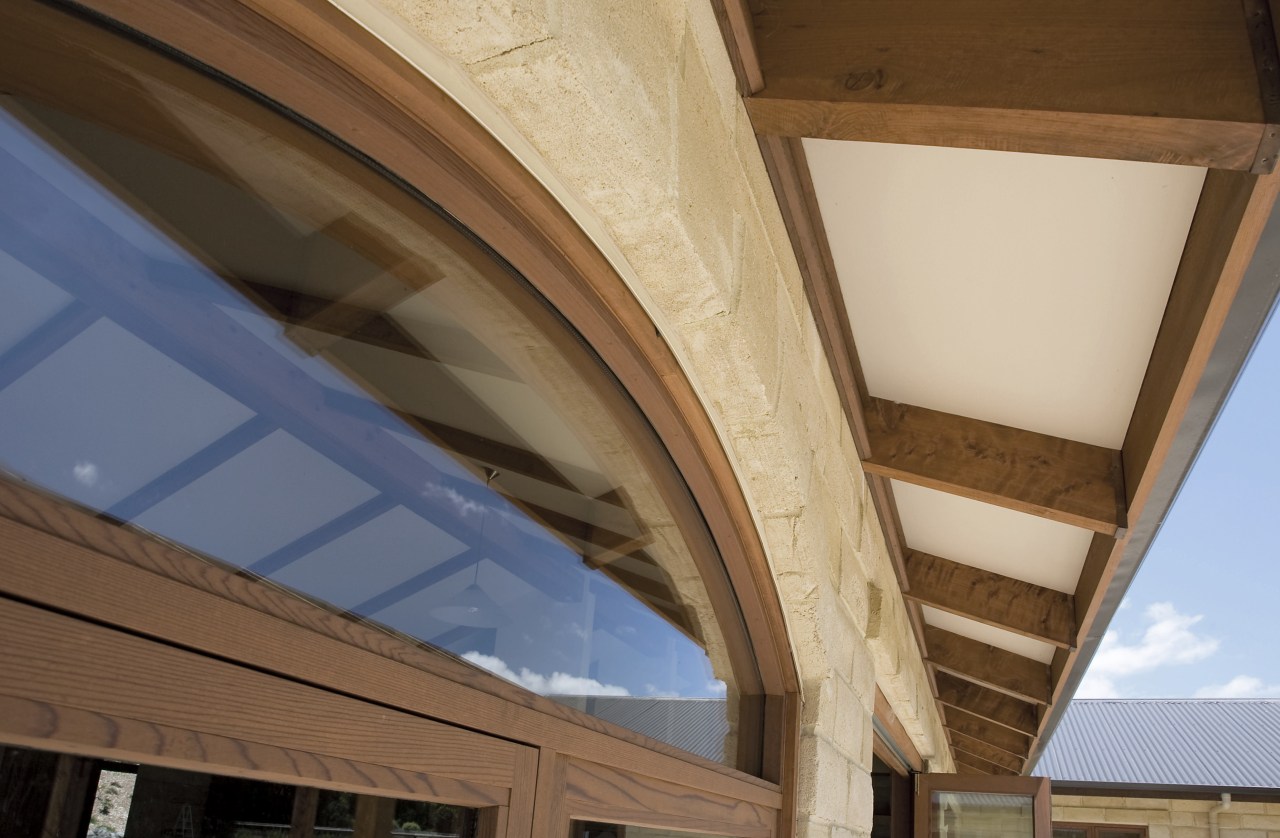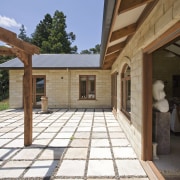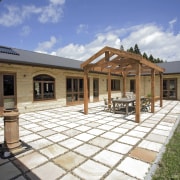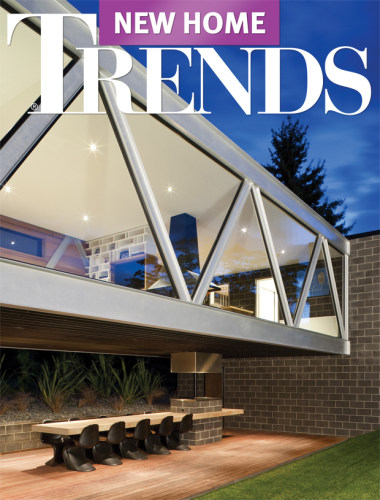Cool in summer, warm in winter
With the right design and materials, your home can maintain a comfortable living environment all year round as well as reduced energy bills

Green design is not about compromise or sacrifice it's about creating more comfortable homes that use less energy. When you plan for energy efficiency right from the start of your new home project, there are ongoing spin-offs in cost savings, and you can be assured of a comfortable living environment right through the year.
This new Coatsville house, designed by Dan Heyworth of Arhaus in association with architect Rick Lambourne, incorporates many of the recommendations of the Energy Efficiency and Conservation Authority (EECA). The orientation of the house to the north was the first consideration the house is positioned so the living areas can harness the sun's free heat.
Large windows facing north allow the sun to warm the thermal mass of the concrete floor in winter. This heat is gradually released during the evening. Small windows on the south side help minimise heat loss.

The thermal mass of the insulated Timbercrete masonry blocks on the house exterior is another key factor. Combined with the concrete floor, traditional eaves, double glazing in the cedar joinery and wool insulation in the ceiling, the Timbercrete blocks help ensure the house is warm in winter, yet cool in summer.
Other EECA recommendations have also been introduced, says Heyworth. The house incorporates solar water heating there are solar panels on the roof. Space heating is provided by a large wood burner, which also has a wetback to supplement the solar water heating in winter.
Other initiatives recommended by EECA include the use of energy-efficient appliances and non-recessed light fittings, which will mean there is no interference with thick ceiling insulation.

This project has also addressed water savings rainwater is collected for irrigation, and effluent is treated on site.
For more ideas on energy-efficient design, visit the Energywise¢ website: www.energywise.govt.nz.
Story by: Trendsideas
Home kitchen bathroom commercial design
9 tile shapes and finishes that think outside the square
Reflection and repose
Door, what door?





